Strolling down Bedford Avenue in the Williamsburg area of Brooklyn can often give you a similar anxiety to dressing up for your first day at a new school. Yet just less than a block away from the too-cool-for-school hustle and bustle of the Sunday shoppers and brunching couples, Simon Howell and Jessica Barensfeld have created a nest in which time passes restfully. Here, the sun seems to always shine into a jungle of curiosities and clouds of freshly brewed lemon and apple mint tea.
Simon, the English-man and trained photographer along with his girlfriend Jessica, a native New Yorker and jewelry designer, enjoy a partnership that goes beyond each of their own personal creative endeavors. While enjoying baked goods and the company of their two cats and a borrowed dog, we discuss the ways of living in a postmodern metropolis, the beauty of timelessness and the tides and ebbs of growing up.
This story is featured in our second book, Freunde von Freunden: Friends, order within Germany here, or find the book internationally at selected retailers.
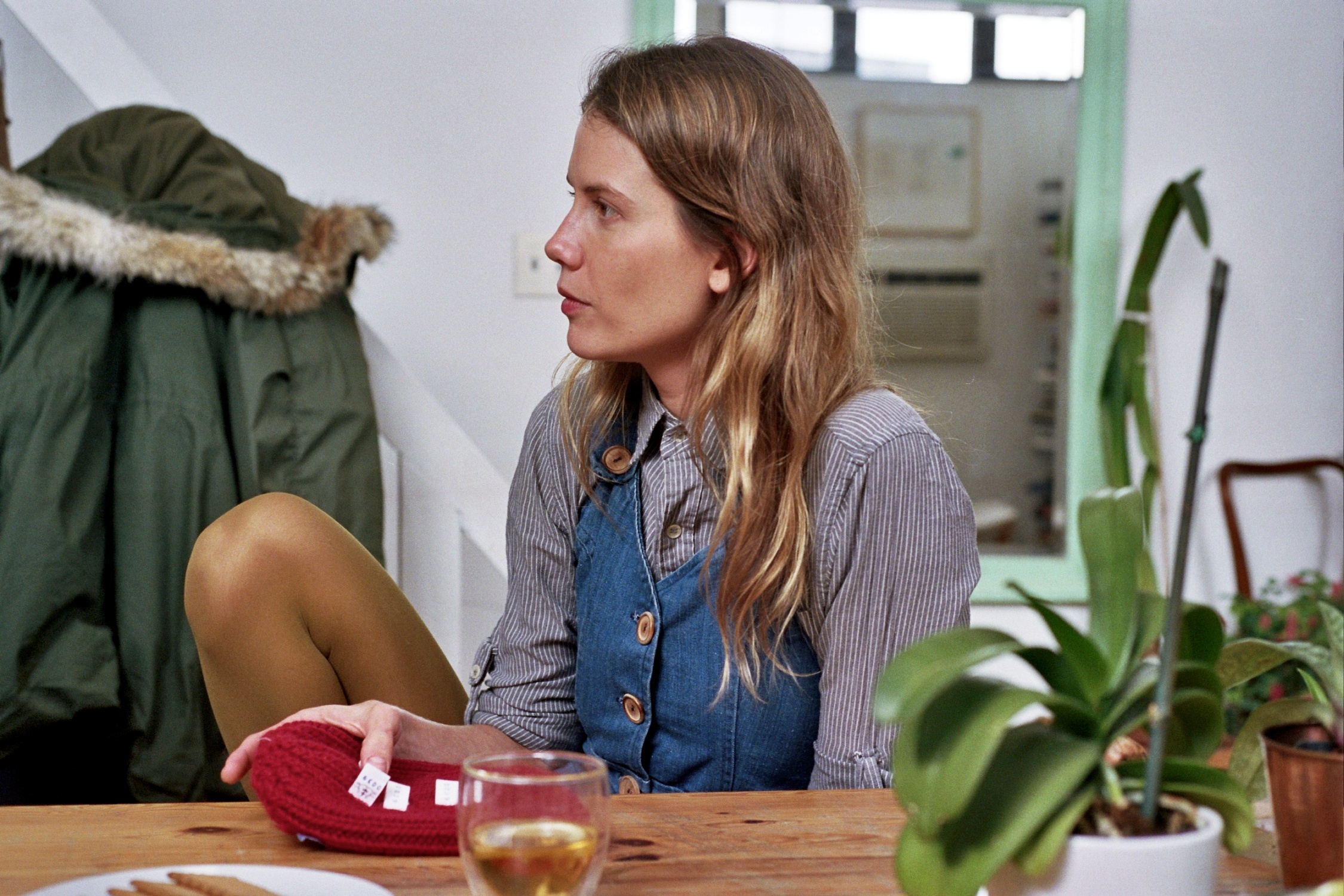
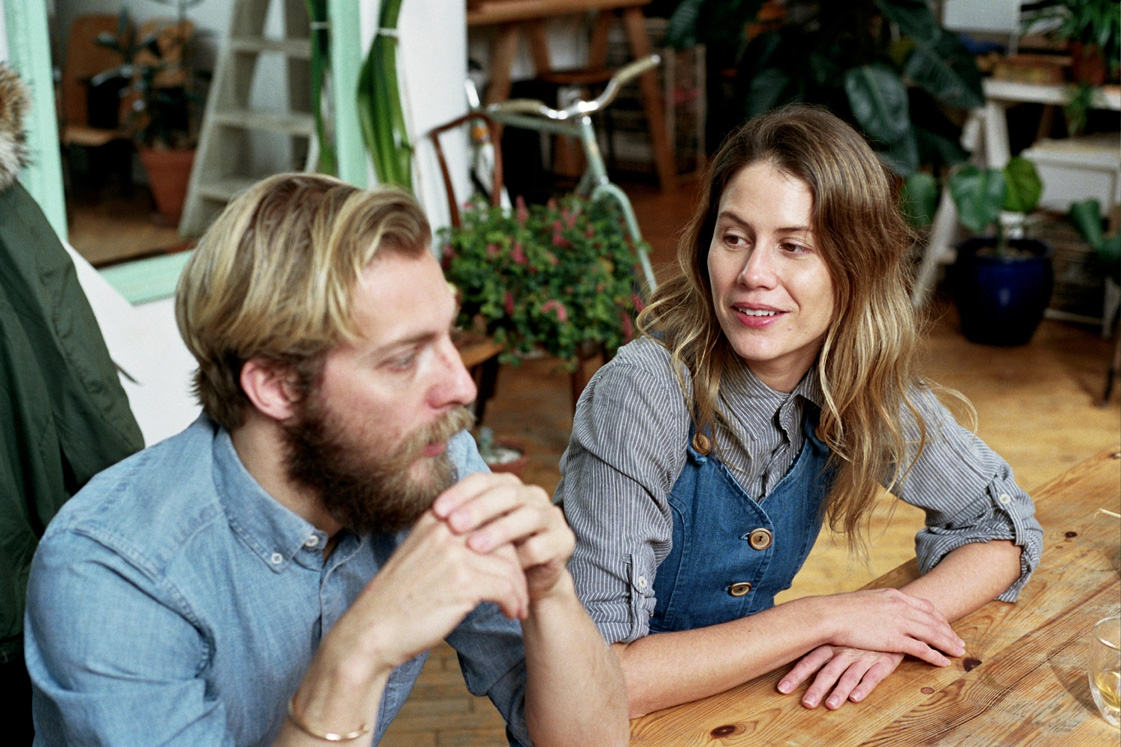
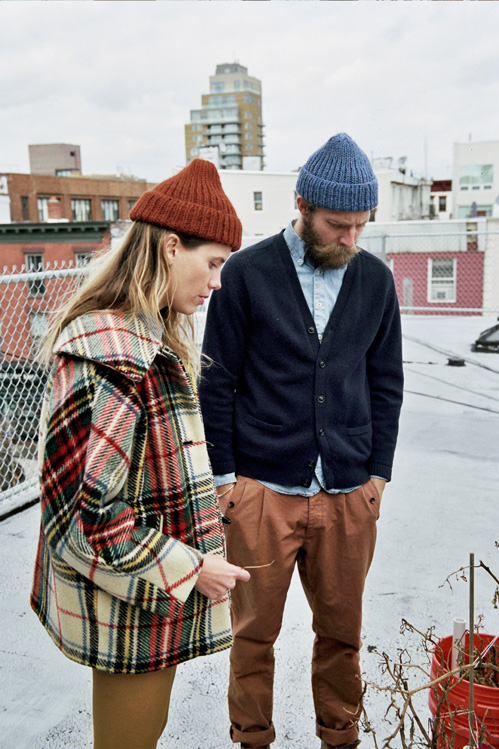
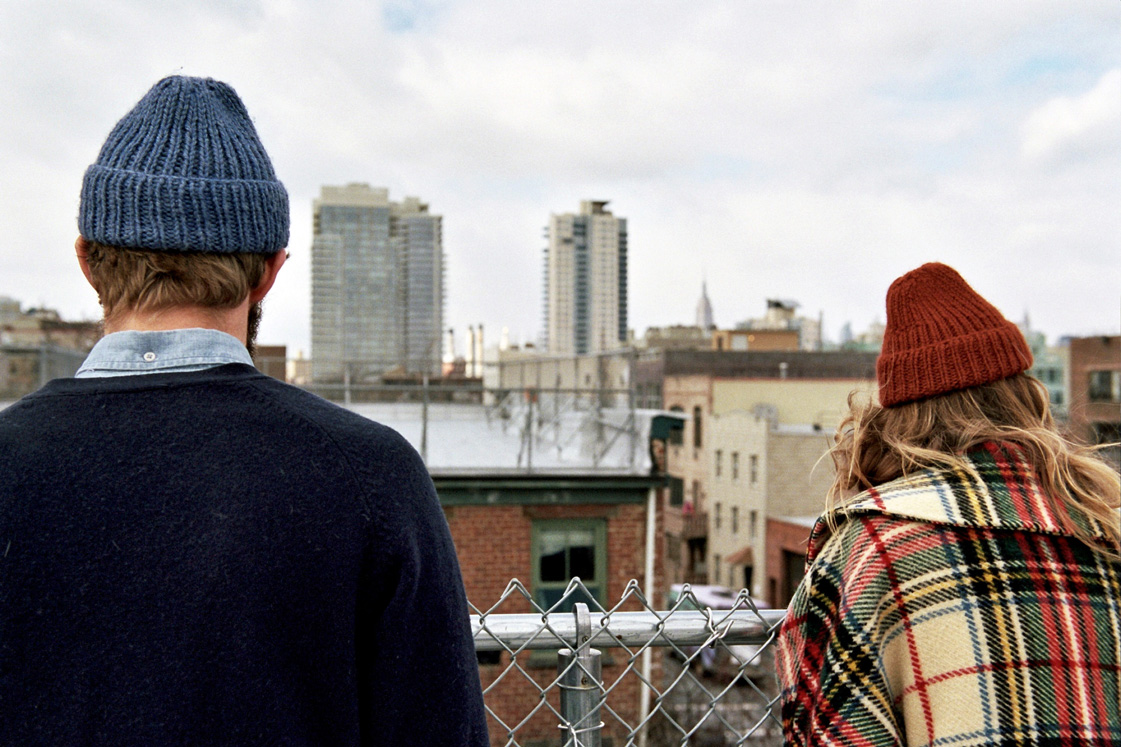
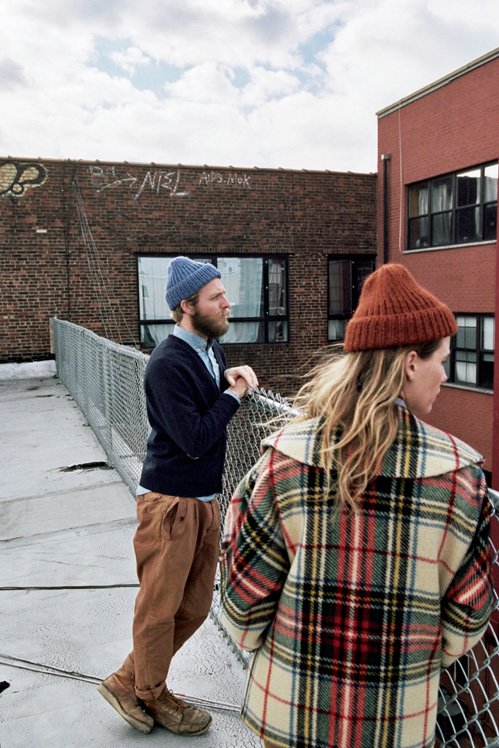


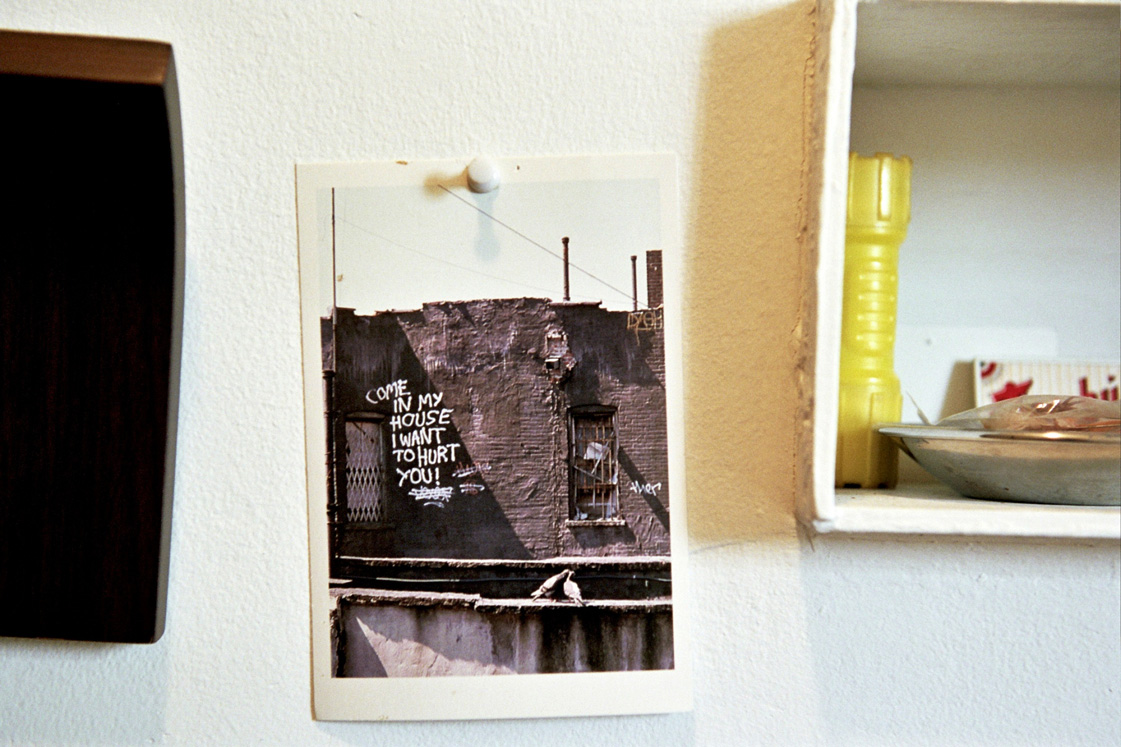
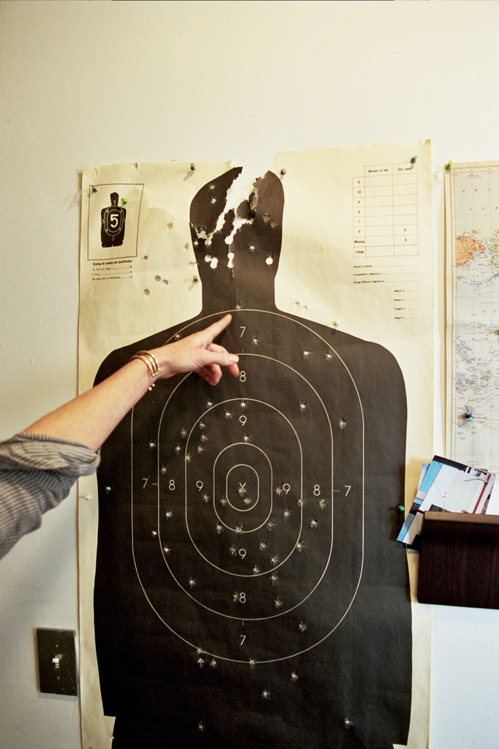
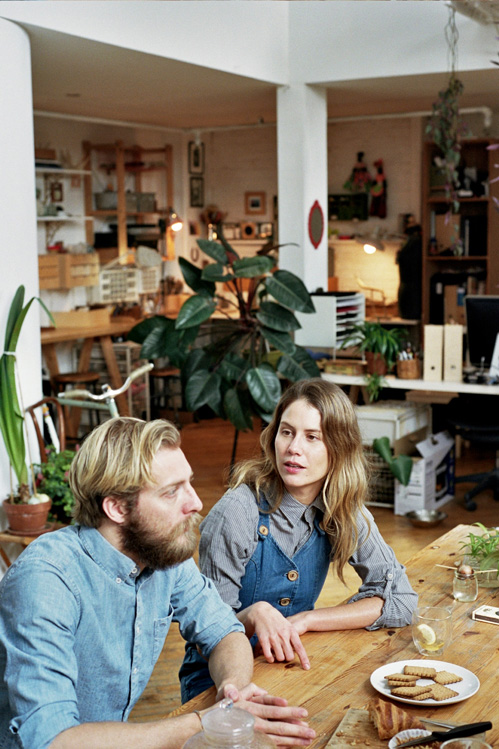
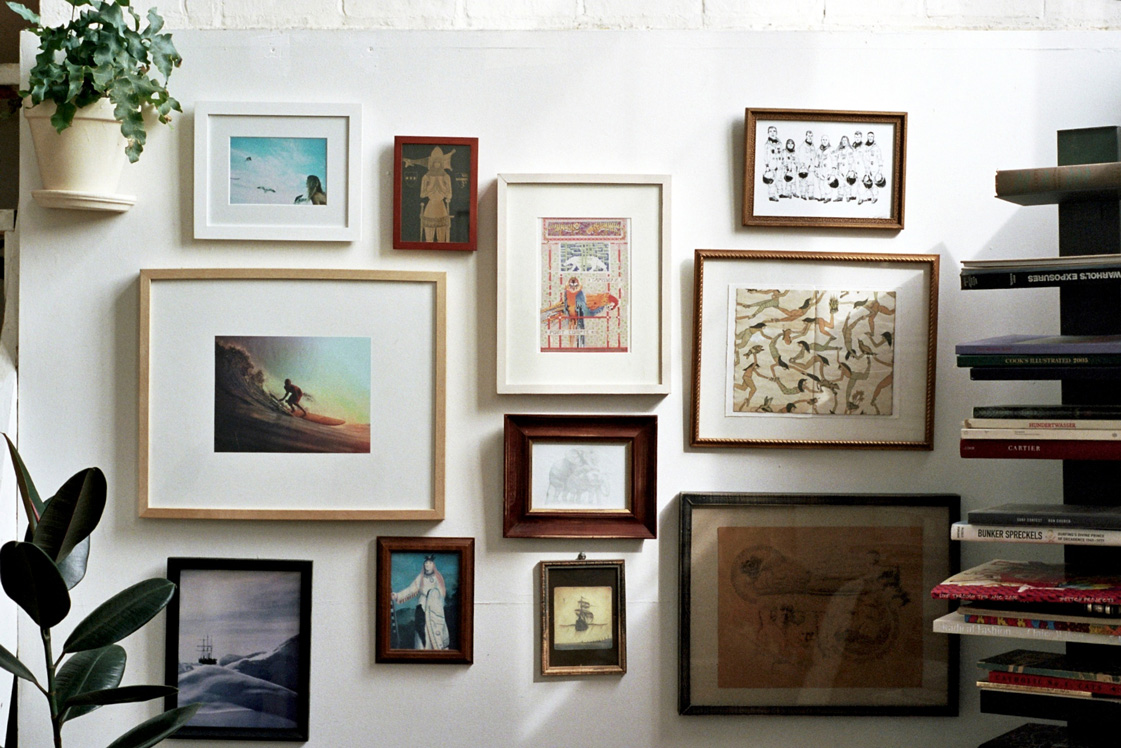
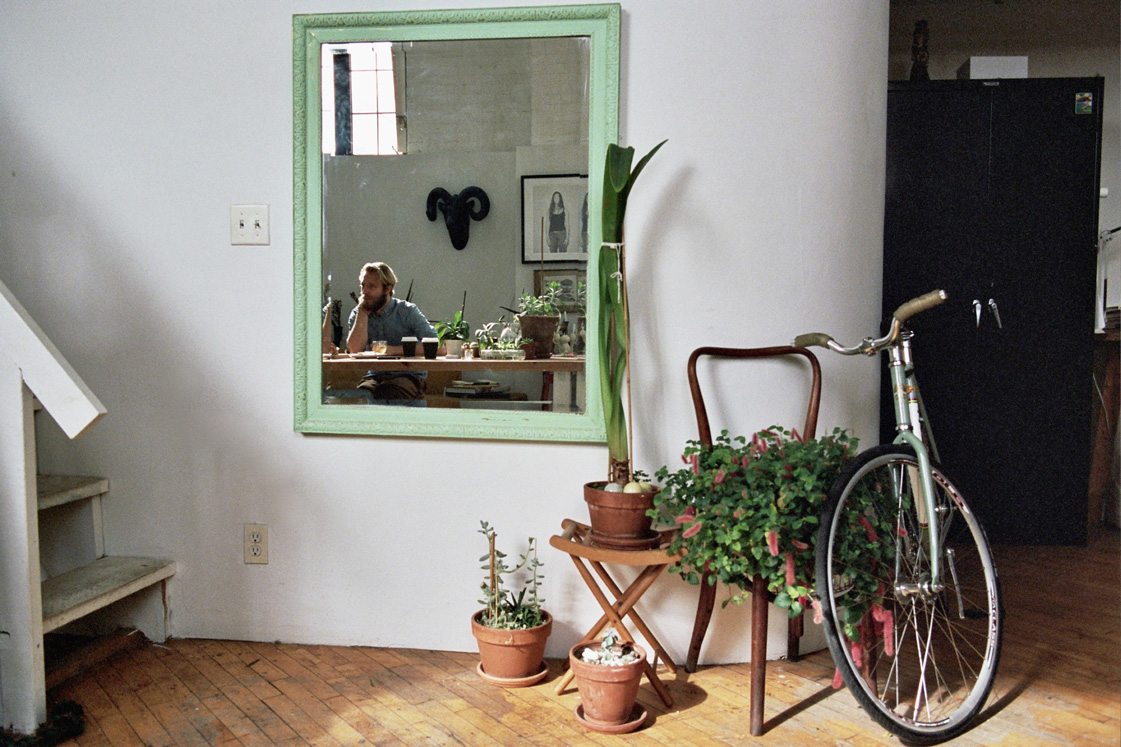
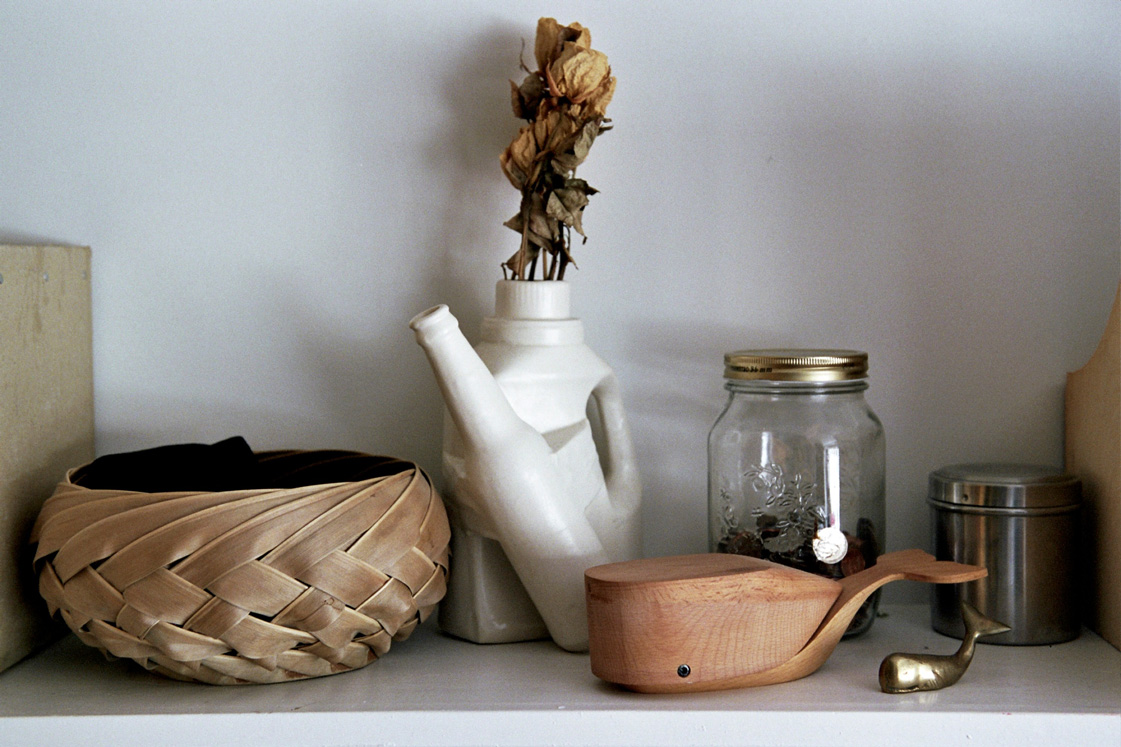
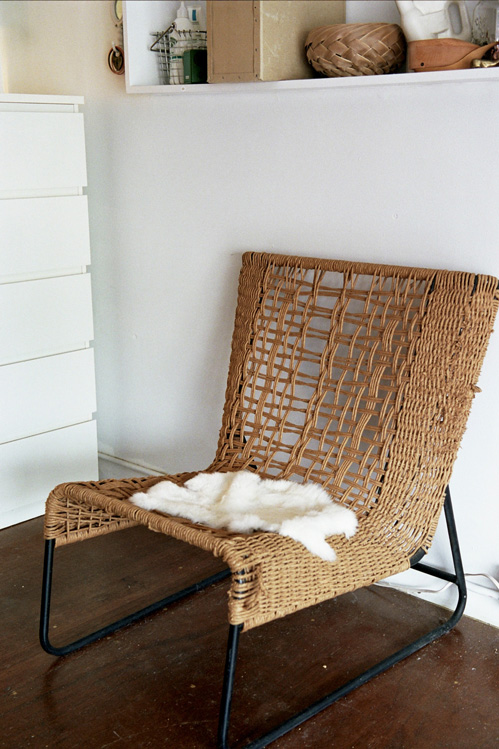
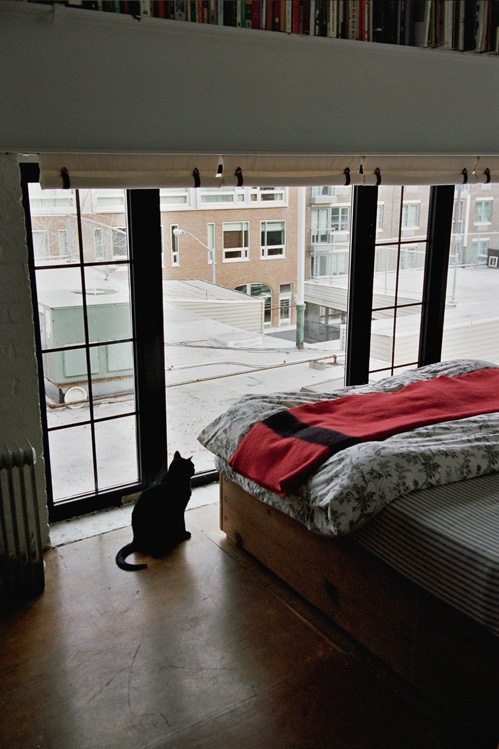
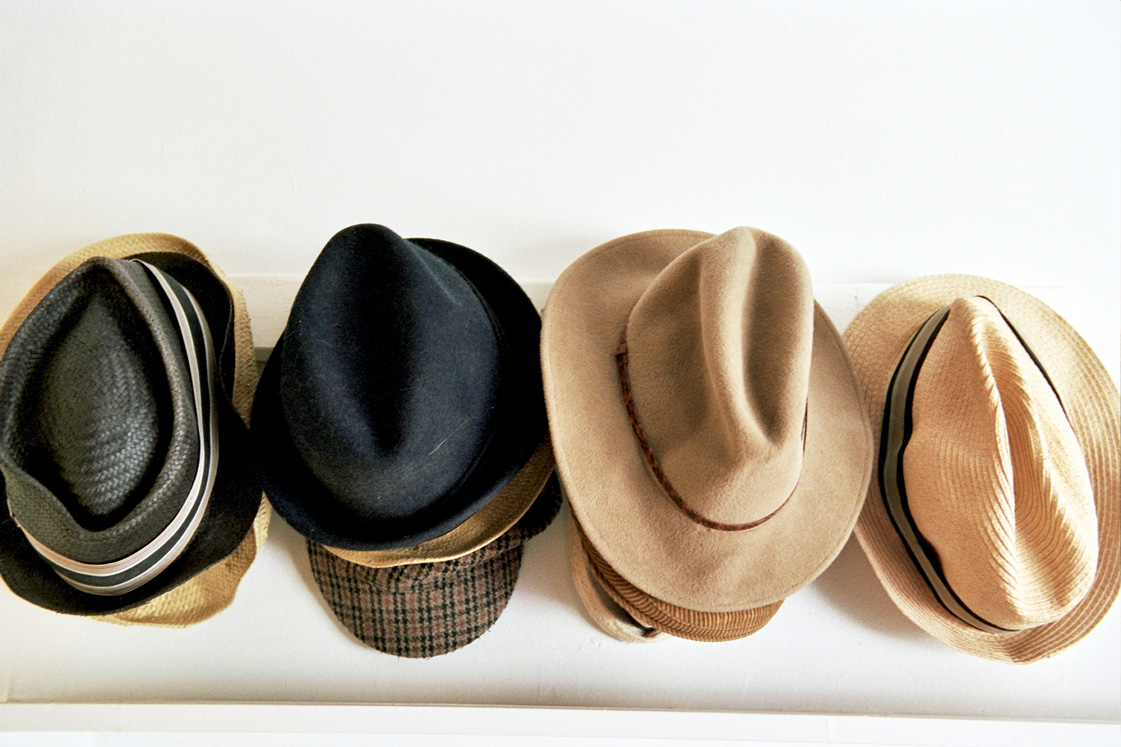
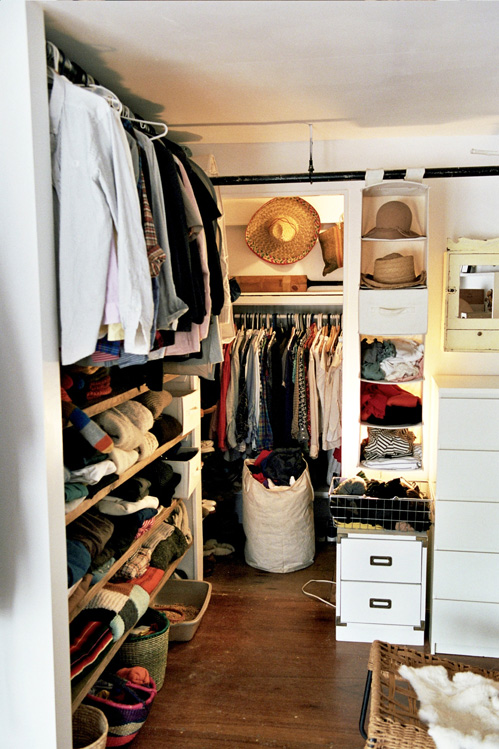
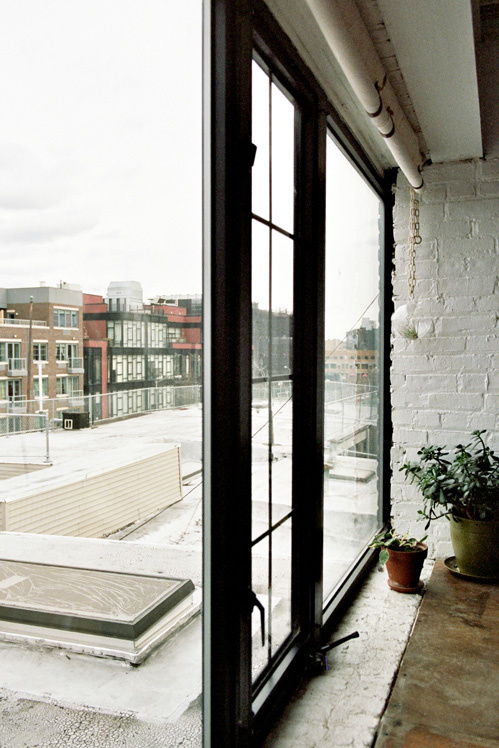
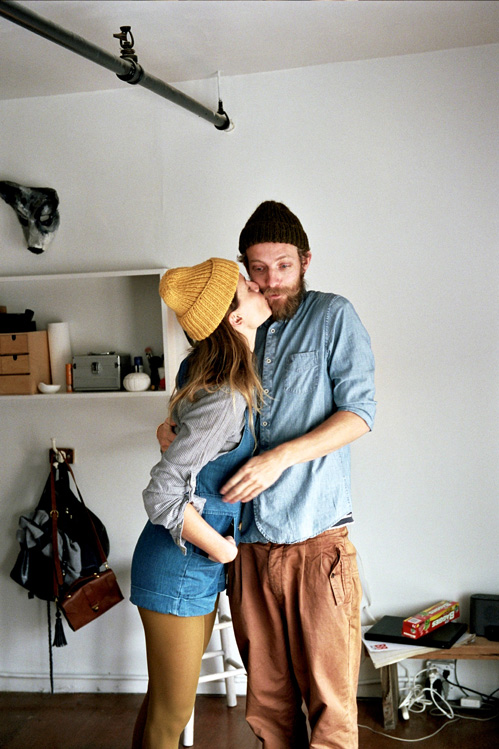
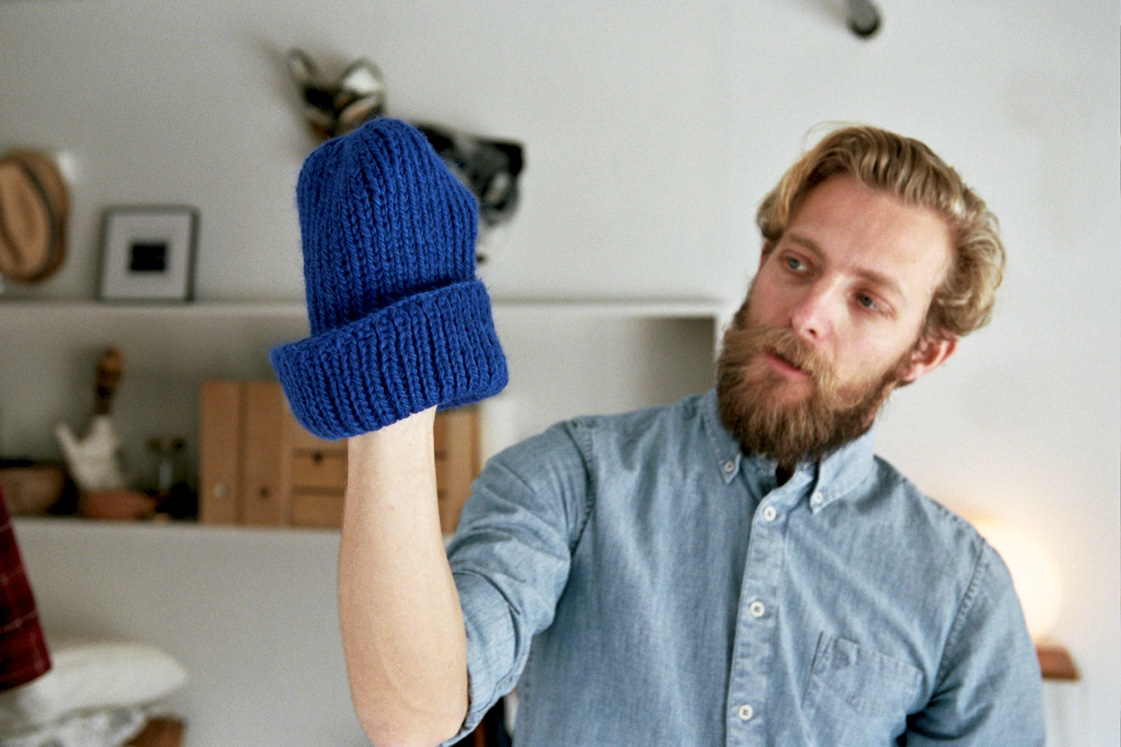
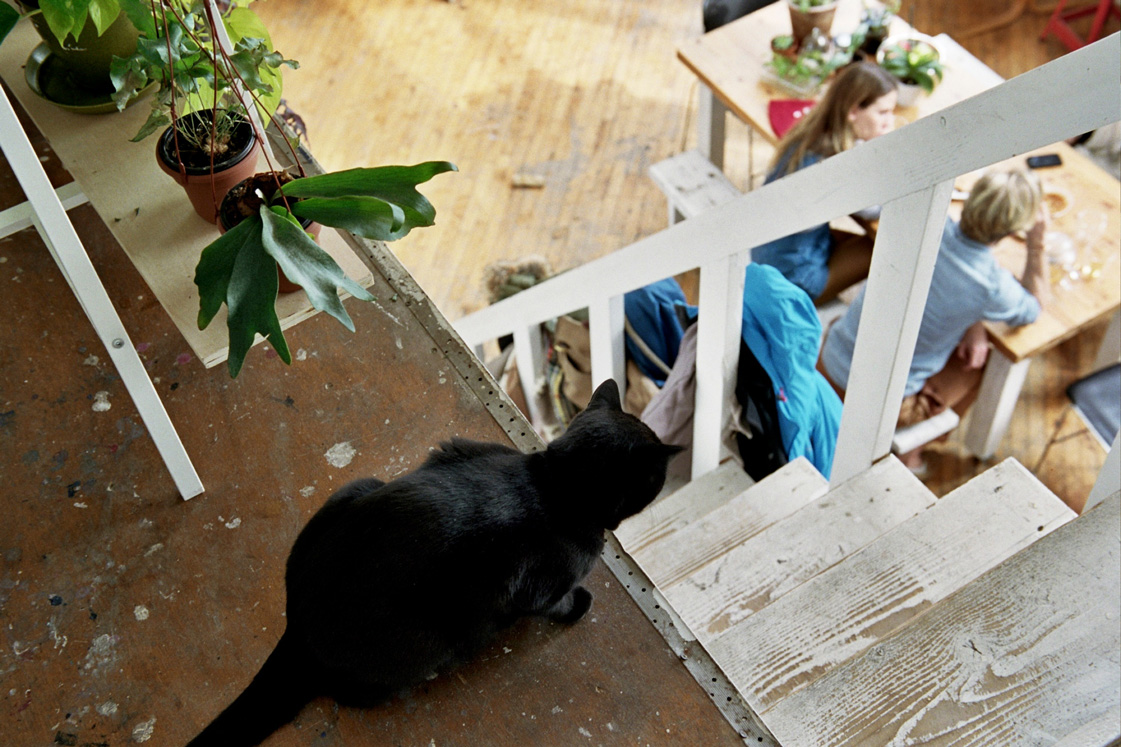
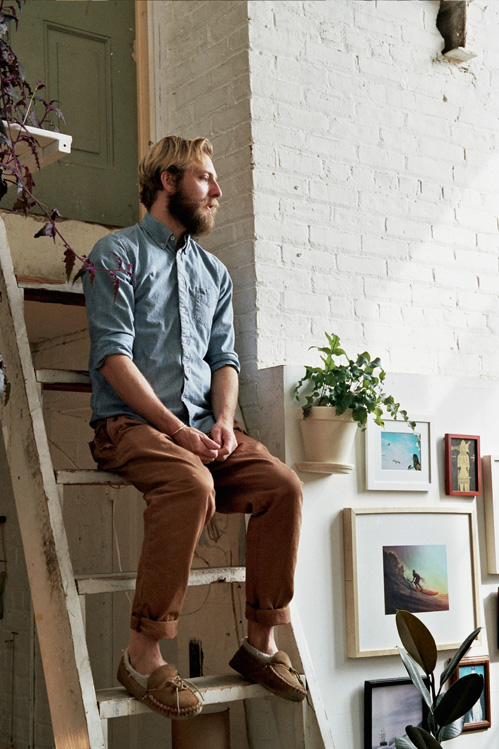
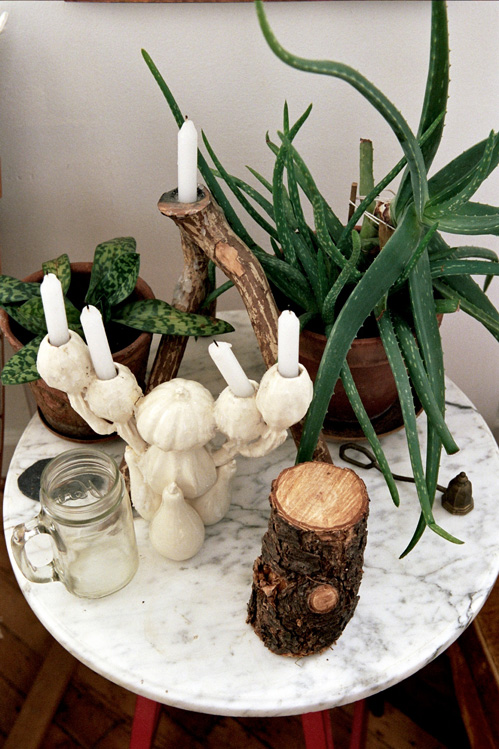
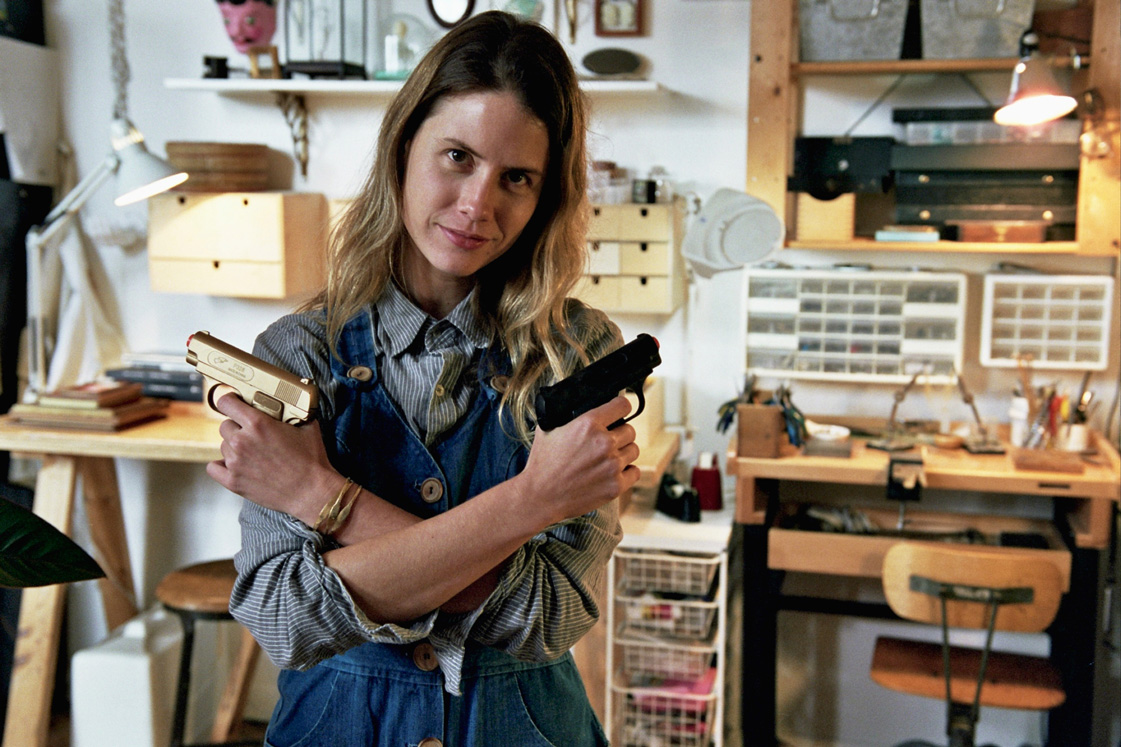
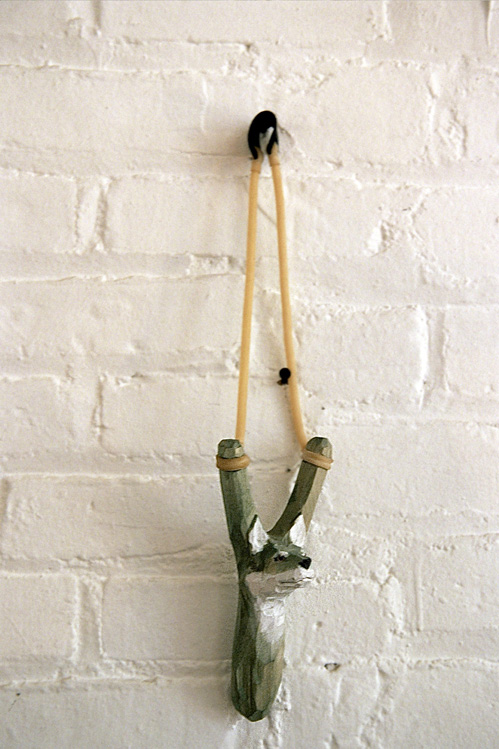
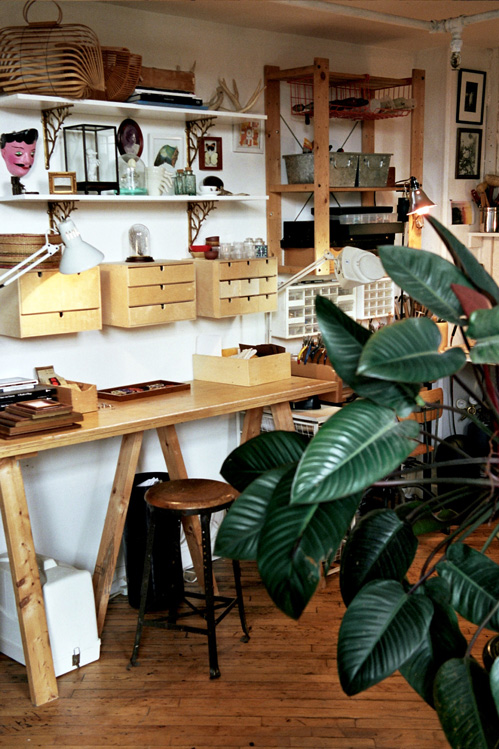
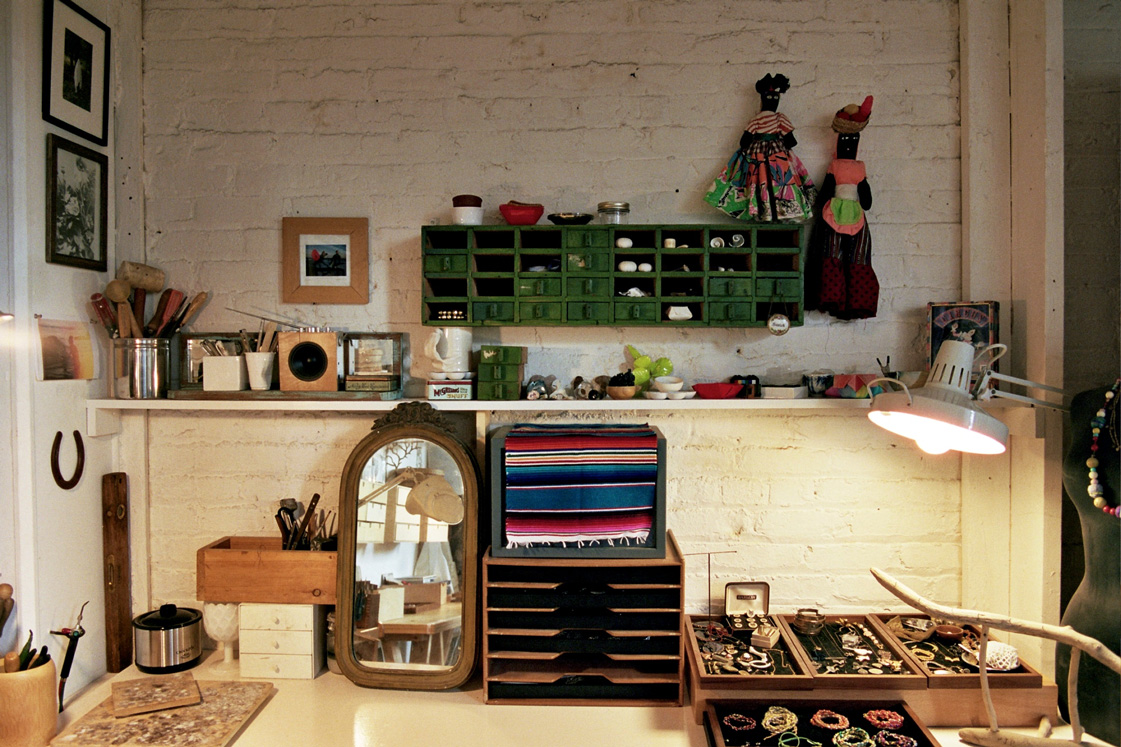
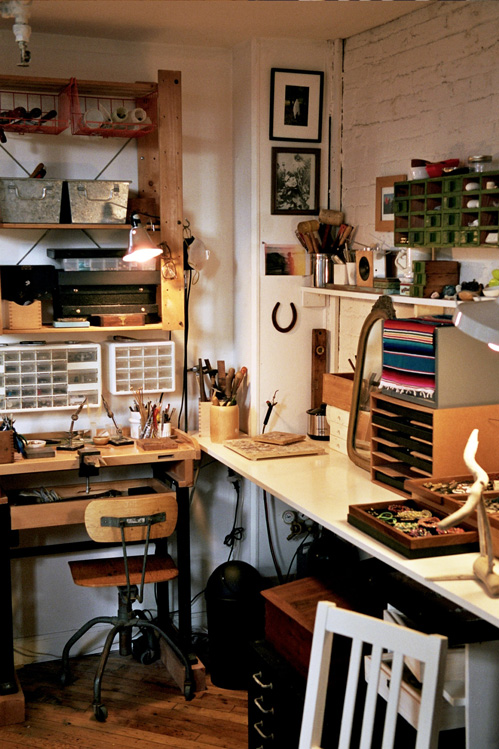
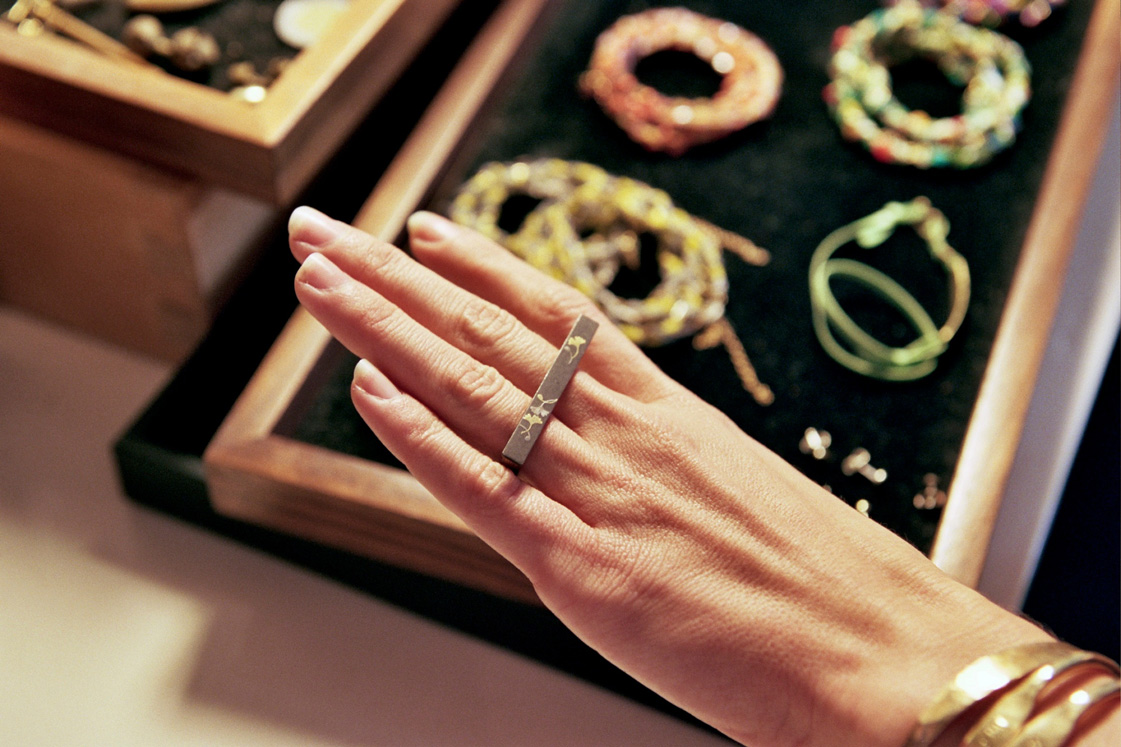
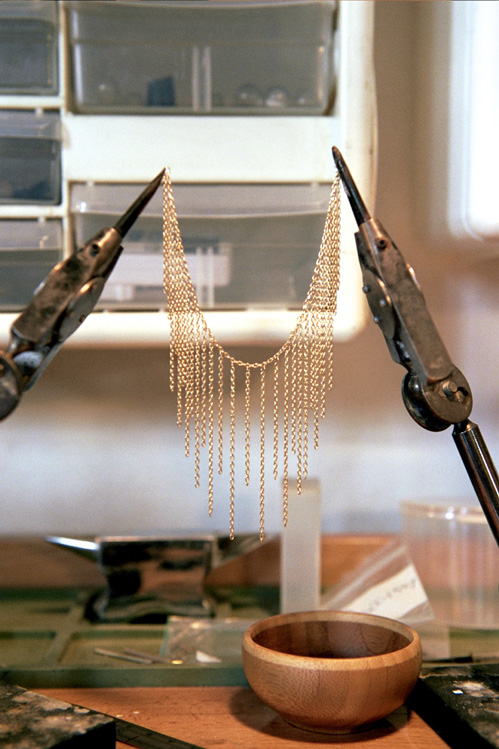
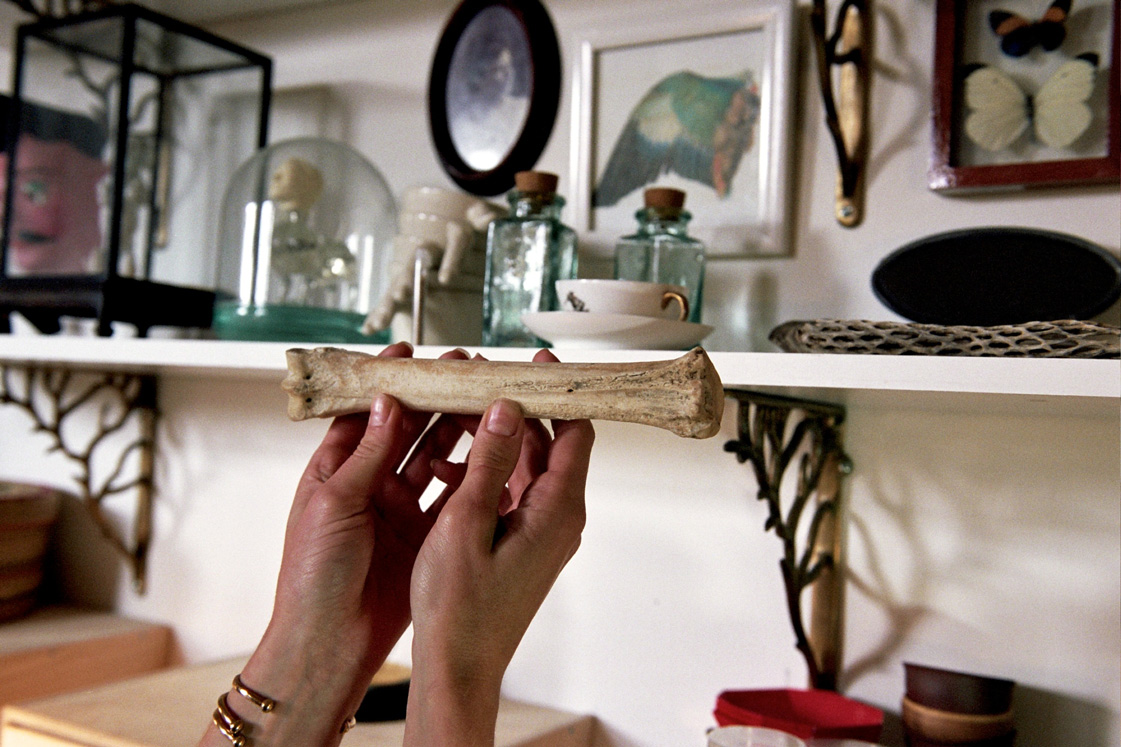
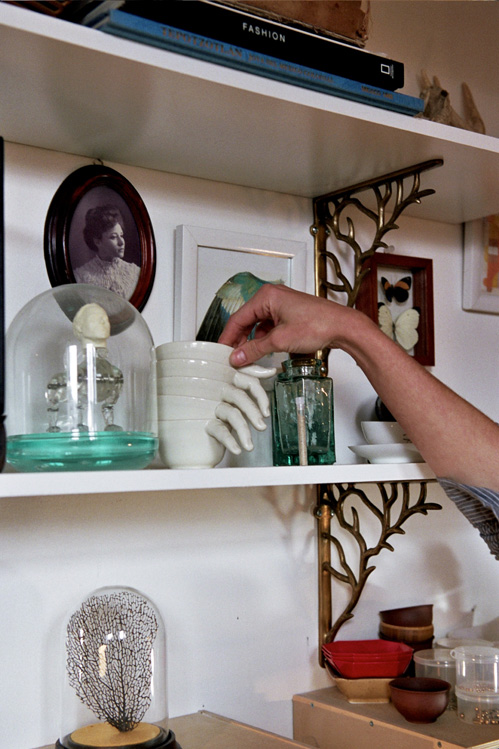
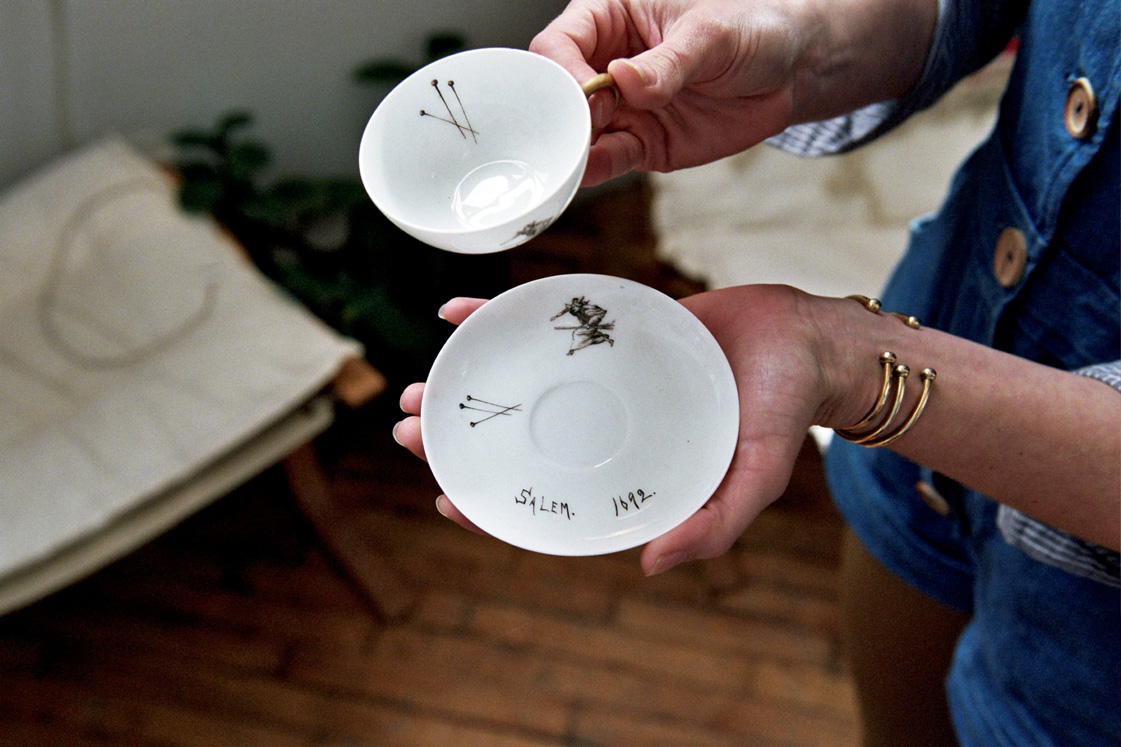
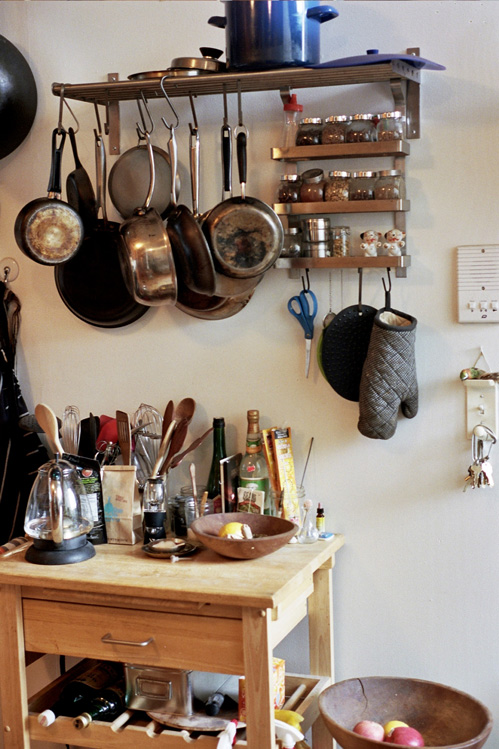
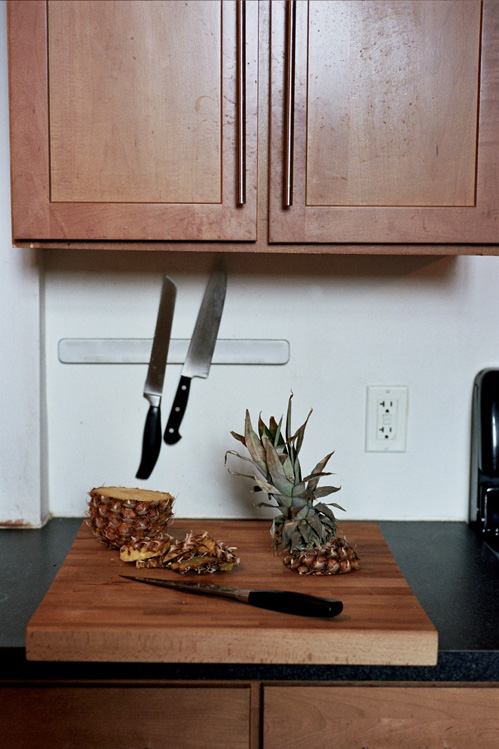
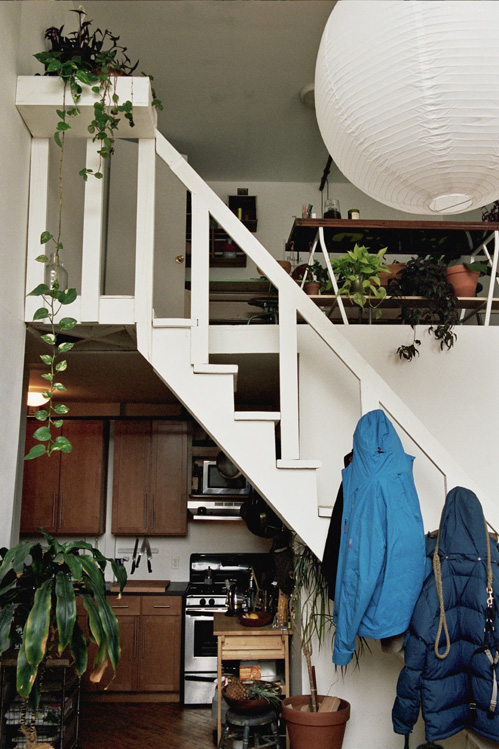
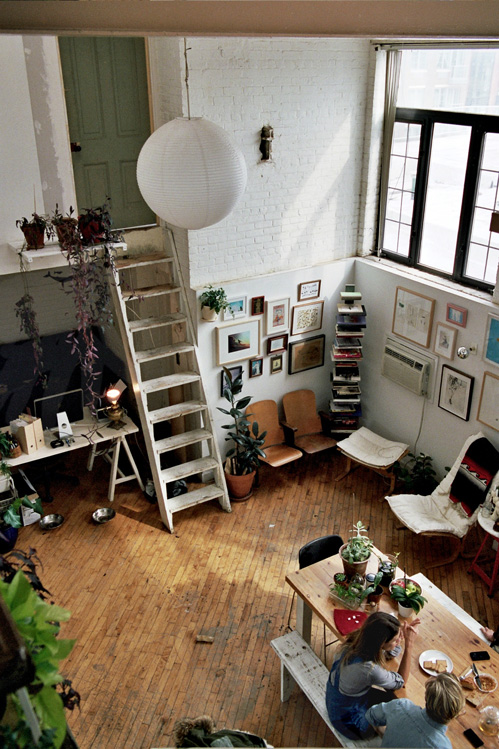
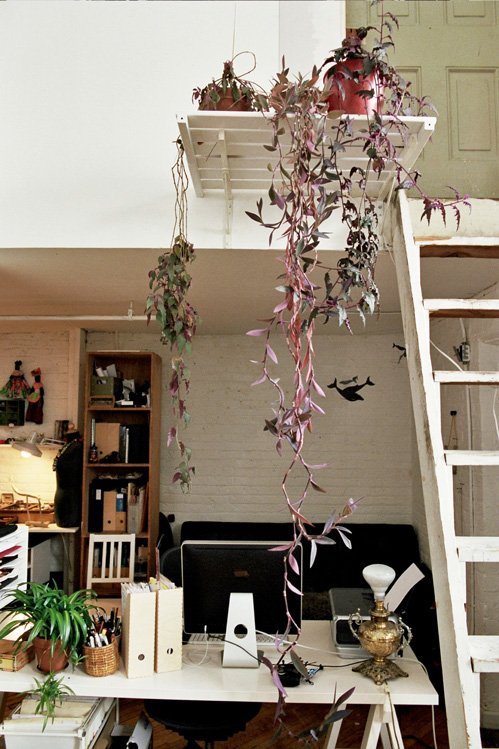
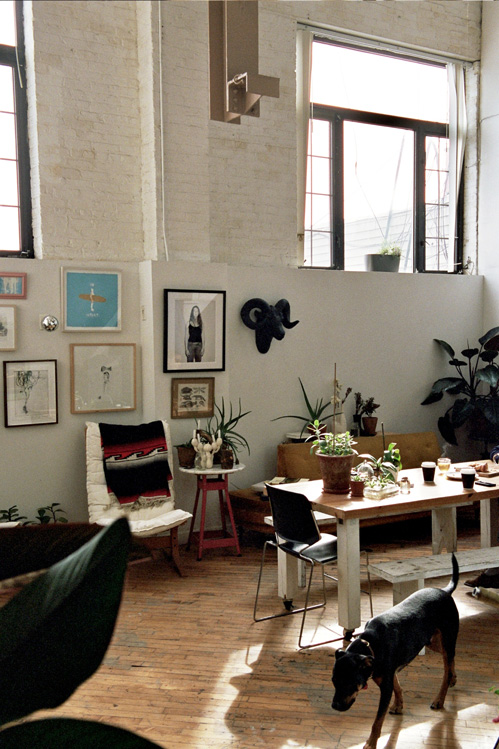
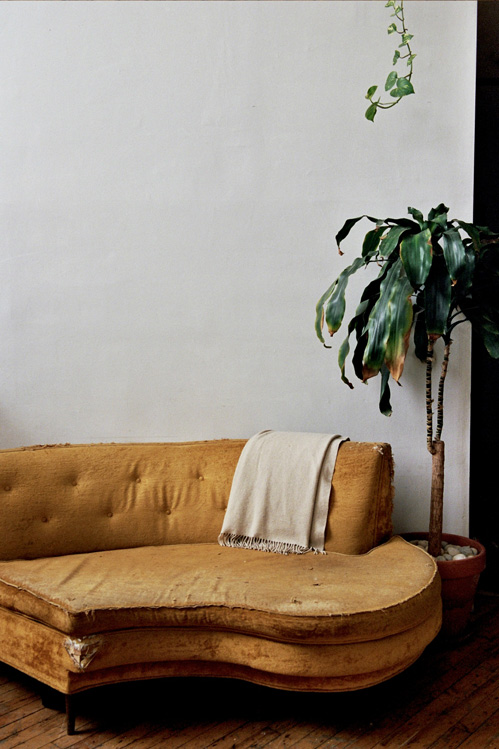
How did you end up in this apartment? Did you move in together?
Simon: I think it’s quite interesting, some people would say the reason you moved in is kind of similar why I moved in. Well, you were the first person in the apartment. So you have to start.
Jessie: Alright, so one of my close friends from school lived here and it was one of his first apartments. I lived all around Williamsburg before here. He was lucky to get this place first. So by just being friends, I would always come over and hang out. Then he had a new roommate, who I started dating. Eventually, I moved in with him. And then one day, this boyfriend moved back to Europe and I decided not to go with him. And so I basically took over the room. And then …
Simon: …A year later…
Jessie: …I met you. And then you moved in. That’s when the apartment sort of started to take shape for us. From caring together, the both of us became this place’s Mommy and Daddy.
Simon: Definitely, I do think that our old roommates cared about this place, but it becomes more different when you get a couple involved. I started doing more building; first, putting new windows in here and then other bits and pieces. Over time the apartment changed, because in my opinion it used to be more of a a party house when I first moved in. Through time it calmed down, and changed into more of the living house, which it is today.
It is interesting how you describe that the house had a coming-of-age. It somehow grew up with the both of you. Metaphorically speaking, from first being a rowdy teenager, throwing parties, to finally starting to care and to build something else.
Simon: It definitely has done that, hasn’t it? The living area, when I first moved in, was very much a communal area in the sense that there was a television in the corner, you could play music, and have a video game going. Where now, we have created a space, in which you can eat, sit and talk. If you want to watch a movie or listen to music you go into your room. This way, I believe, works a lot better. Otherwise, it did remind me of being a students apartment. It was a bit like that, wasn’t it?
Jessie: The dynamic changed when Simon moved in, him and I really became a team. We did not just care about this apartment a lot, more than that we have quite similar taste and are actually able to say; “let’s build something.” We always find a way to make it happen; that’s really good. Simon uses his hands all the time and has quite good carpentry skills.
Interestingly, living in New York is often about spatial compromise and actually being quite unhappy with the living space. It is rare to speak to someone who is completely happy with their apartment.
Simon: True. But I think that we both have been at that stage where you have live in a noisy shoebox and you can hear your next door neighbor coughing. Here it’s very quiet. Once you’ve got past the door it doesn’t actually feel like you are in Williamsburg. The way that the windows are high up and the room is kind of sunken in, it does make you feel like living in nature, rather than a boxy New York environment. It is really special.
Jessie: Really, the layout is just so unbelievable because the bedrooms feel very much like little cottages and then the living room is the court-yard. It is nice to be in here in the morning, have breakfast, especially when it gets a little bit warmer. You can open the windows, and hear the birds.
It does seem that the two of you work on a lot of things together, without having a shared profession. Jessie, you have your jewelry company and Simon, you work on all of your projects. However, it still seems like a collaboration throughout.
Jessie: I think that is definitely correct. We work pretty well together and it’s true that we are not sharing a profession. However there are many crossovers, one of them being out open schedules. Both of us could be described as freelancers. Nevertheless, we kind of help each other in all of our projects. I have even assisted Simon on certain photo shoots, without being a trained photographer.
Simon: The point is though, that you get it. You understand what I am trying to do, when I take photos for example; both of us are interested in more than what we have learned. Jessie, with her jewelry and me with my photography. I am able to dive into Jessie’s world and she can immerse herself in mine. Interior-wise, there is not much that we disagree on. Most times, when we do disagree on something it is on how to build things. I am a bit more practical, where you like to dream of projects that aren’t always realistic. What I do is to take Jessie’s ideas and then work out a plan of how to actually put them together.
Jessie: We do come up with projects all the time, that’s what we do, inside this apartment and outside of it. For example, a little while ago we started a hand-knitted hat business. With that, there are all these minute, yet important decisions. It’s really nice being side-by-side, talking it all trough. I love that partnership.
Simon: Unlike Jessie, I had actually never made products before. It has always been about training at something artistic, whether it being photography, drawing or painting. I had to try sell my sensibility and never really had a physical product.
Who knits your hats?
Jessie: I, myself and Simon’s mom, who lives in Yorkshire, England. For the hats she makes, we ship wool over to her, and then she knits. She is super-fast.
Simon: It’s hilarious, but when Jessie first started making the hat for herself, then one for me and then all of our friends came and wanted one as well. The demand made you from needing a week to knit one, to being able to make a hat every day. Also knitting is highly addictive, every time I turn around, if it’s on the train, at the beach, or when I go bed at night, Jessie is knitting.
Jessie you used to have a 9 to 5 job. Now you’re working for yourself, what does a typical day look like?
Jessie: Surprisingly, after I left my job, I have still kept a sort of 9-5 schedule. Simon and I surf; that makes a lot of people think that we just spend all of our time at the beach. But really you can’t, there still so much to be done. In the warmer weather we try and wake up early, head to the beach and come back to start our day and get on with things. I actually work all the time now, but at a different pace.
Simon: Well yeah, when you work for yourself, it is important to dedicate time to be off as well. We do discuss that without friends that have full time jobs. When you have a job and the weekend comes around, you can stop and not think about anything else and then you just turn up to work on Monday. Your life is often split in two; one part workweek, the other weekend. When you work for yourself you can’t really do that. You are responsible for making your money, and to pay for all the things that you need. That brings you to being constantly working.
It seems like everything that you do becomes one cause. Does every part in your life inspire the other?
Jessie: Yes, for example with the lookbook for our hats. It tells a personal photographic story, and this story is certainly inspired by our friends and our life. We never use outside models, but only people that are close to us. We both believe that the process of making is so precious and we try to reflect that in every part.
Simon: It’s true, and it is clear that we are partly selling our lifestyle. Weather you think that is good or bad. It’s really easy to come over as “ahh look at those people that live in Williamsburg, they think they are so cool”. Certainly, there are people that point the finger at you and can put you down, but then there are also people out there that love what you do and want to support your cause.
Jessie: We try to make everything we do come from the heart. I can say that I am pretty happy with the life that we live and in return that makes what we do a happy little concept.
In regards to that, do you think that it is often true that people that look down on a lifestyle like yours – just don’t dare to take a dive into a more self-determent life?
Simon: The people that we read, follow and look up to, what they are doing are aspirational to us. For example, I was reading about the people behind Patagonia. They are a very inspiring company. The guys that started it were a bunch of boys that had an idea and just did it, and then became successful despite not being the norm. People judge you, thinking you are wasting your time. Really, the commitment to shake off the stones that are thrown at you is important.
Jessie: Sometimes, it can feel like a waste of time and it is not easy. It can be very tense and difficult. I was having a much more stable life with my full time position, but the rewards I get now are so much greater. Yes, I do have money freak outs, but we make it happen, which is the amazing thing about being with Simon. Every month somehow we do make it happen.
Simon: That is coming from my northern roots. My Yorkshire northern roots make me a bit of a penny pincher.
Through working for yourself, did your relationship to money change?
Jessie: Yeah it has a little bit. I learned to realize that there is always going to be an issue with money. Its really how you look at it.
Simon: I think both of us and our generation have been brought up in a consumer society and we are only just now, at our age realizing that it doesn’t have to be that way. You can have good things in life without having a lot of money, or be constantly buying. And that is what is happening now.
Doesn’t that thought also reflect what you make? Both the knitted hats and the jewelry are really classic designs. It’s not fast fashion; it is there to be liked in 30 years from now.
Simon: To me it’s almost like what you could call a war time rational. During the Second World War people had that classic style and they bought things to last; everything had to be built well and it had to be good quality. When you bought a pair of shoes, you got them repaired and shined. That thought got lost during the baby boom generation. Now, with the recession many are coming back to that. There has been less money, so I would rather buy something that lasts.
Jessie: In my opinion the IKEA generation is dying. It used to be that you would have your great-grandparents furniture. Those beautiful pieces would move from one generation to the other. That thought is valid again.
Also relearning how to make things yourself, learning old skills, which you both do.
Simon: Old skills, that is very important. Jessie puts them into her hand-made jewelry. I use all the skills that my Dad taught me, how to build and how to reclaim. Instead of tossing things away, I’ll think about what else we can use it for. The idea of reclaiming has come around here in Brooklyn. For example, we do go to Build It Green a lot, which is in Greenpoint. It’s all by donation, and you can find great old wood. Of cause, reclaiming isn’t a new thing, but did get lost in the 80s and 90s, when we grew up. Fashion was very fast. Now I don’t think that it has to be like that anymore. But you know maybe it is just because I am not twenty years old anymore. Maybe twenty-year-olds these days do think like consumers. I don’t know – maybe it is just a sign of getting a little bit older.
Thank you both for this nice afternoon!
For further informations about their works, check out Jessica Barensfeld Adornment and Lynn & Lawrence Woolly Hats!
Interview: Nina Schwarz
Photos: Brian Ferry
